The 5 Weirdest Fish in the River

When people talk about the importance of rivers, fish are usually at the forefront of the conversation. And when it comes to fish, it’s the charismatic species like salmon, steelhead and trout that seem to capture people’s attention the most. However, swimming beneath the surface is a whole host of stranger looking fish that are just as important to the rivers they inhabit.
These unique animals, which have almost all experienced dramatic population declines, need healthy habitat to survive, which is where you and WRC come into play. Protecting habitat is critical, because not only are rivers the life sources for fish, but fish—which cycle nutrients and maintain vital food webs—are life sources for rivers.
For our latest installment of Eddied Out, we’ve profiled five of the strangest native fish you can find in western rivers, the ones with humpbacks and gaping mouths, spiny fins and fang-like teeth. These strange creatures help make the West what it is—wild, diverse and full of surprises waiting to be discovered.
Enjoy!
5 Weirdest Fish in the River (and why we love them)
1. PACIFIC LAMPREY
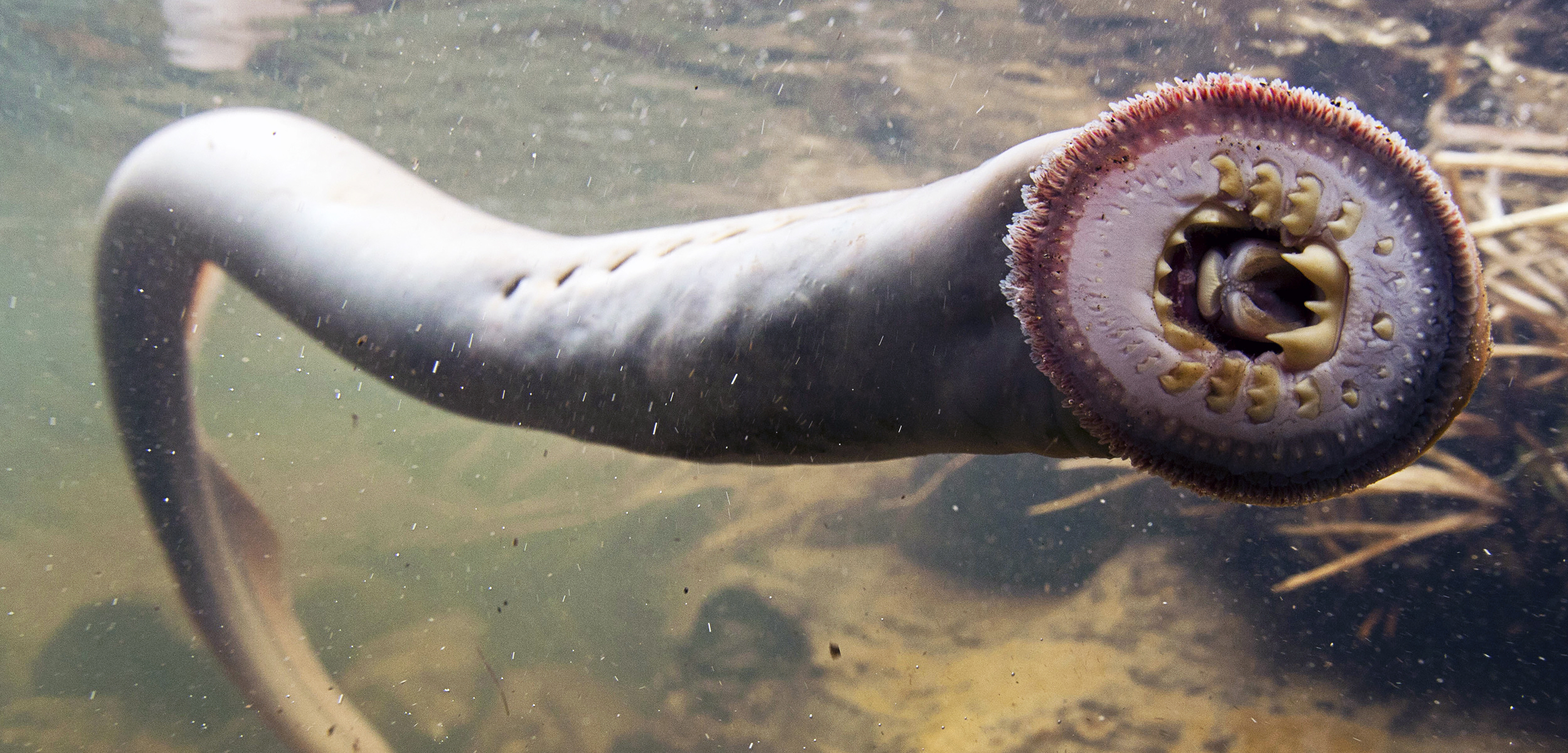
Why we love them: Pacific lamprey are among the oldest fish in the world. These amazing (albeit scary-looking animals) are older than dinosaurs—and even older than trees. Despite their eel-like appearance, Pacific lamprey are not eels at all, but are jawless fish with sucking disc mouths that migrate from fresh water to the ocean and back, like salmon. Unlike salmon, Pacific lamprey do not return to their natal waters after their time in the ocean. Instead, they return to whatever river attracts them, drawn by the smell of lamprey ammocoetes (AKA baby lamprey). For Native American tribes along the West Coast, Pacific lamprey are extremely important, both spiritually and as a high-nutrient food source.
WRC projects where you’ll find them:
- Eel River, California
- Klamath River, California
Learn more: Humble suckers: Pacific lamprey have survived 5 mass extinctions but are now under threat, High Country News
10-year wait over for scientists: Lamprey swim past Oregon’s Soda Springs Dam, OPB
2. WHITE STURGEON
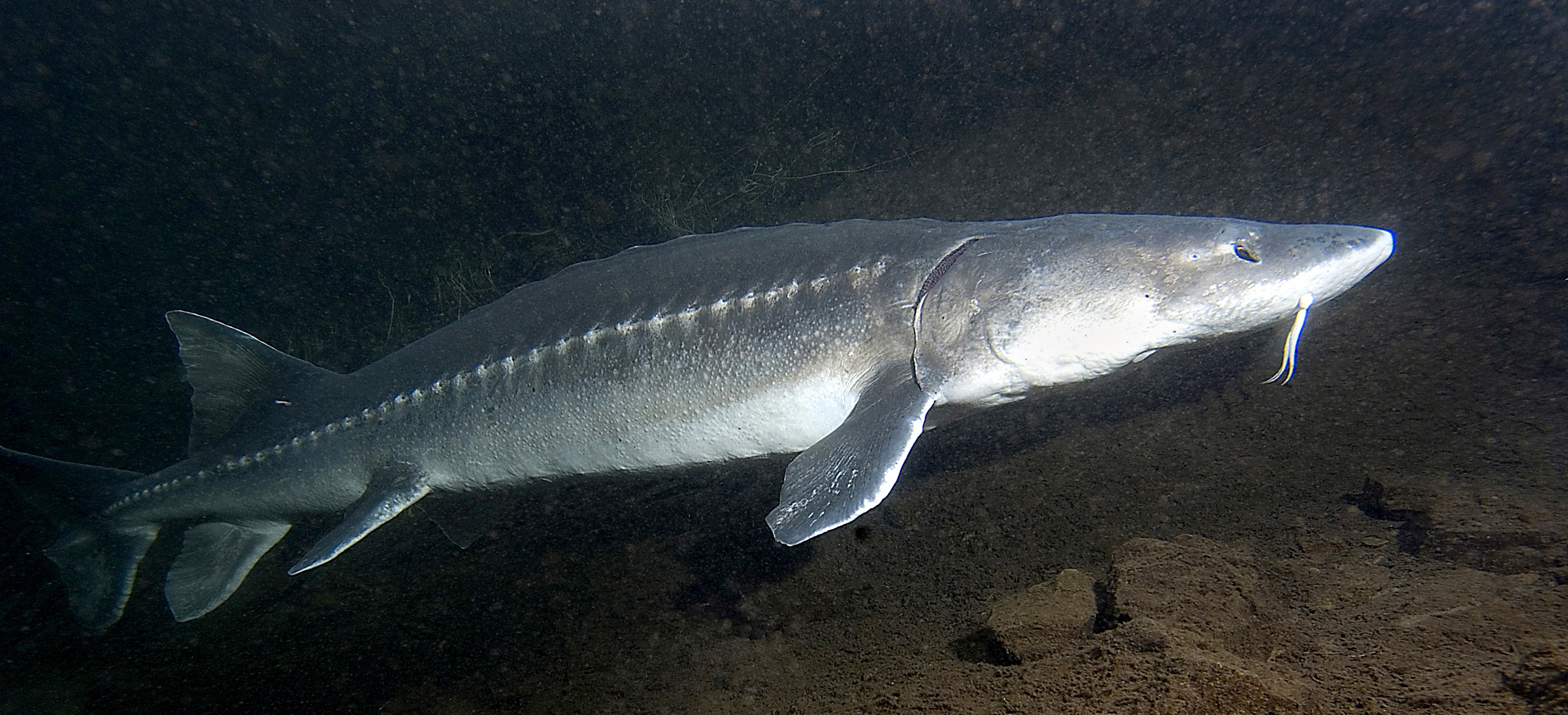
Why we love them: The largest and one of the longest-living freshwater fish in North America, white sturgeon can weigh up to a whopping 1,500 pounds and can reach over 20 feet long. These massive fish bear a strong resemblance to sharks, and, like sharks, have skeletons made not of bones but cartilage. Instead of scales, white sturgeon also have sharp, boney plates called scutes. This prehistoric-looking species lives in rivers from California to Alaska, migrating to the Pacific Ocean and back multiple times throughout their lives, and can live to be over 100 years old, part of the reason they get so big.
WRC projects where you’ll find them:
- Redwood Creek, California
- Alsea River, Oregon
Learn more: White sturgeon facts, Oregon Zoo
White sturgeon: monsters of the Snake, Idaho Senior Independent
3. HUMPBACK CHUB
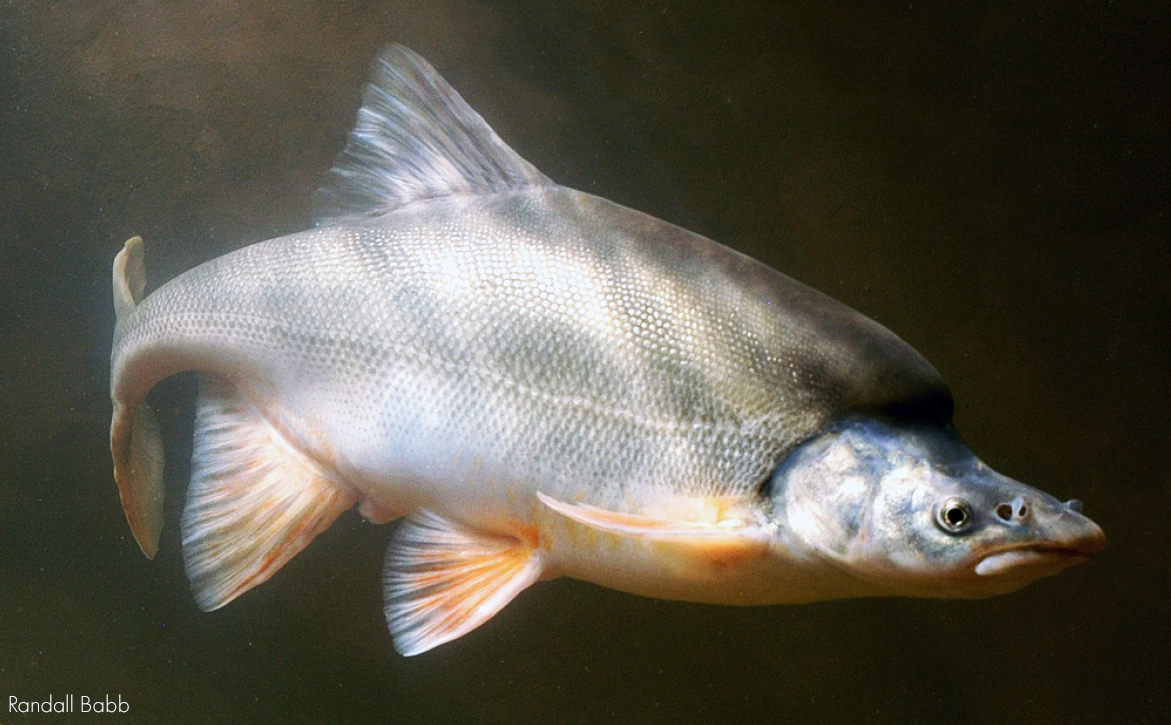
Why we love them: The humpback chub’s comically unusual body—protruding scooped nose, large curved fins, and telltale humped back—helps keep it stable in the turbulent shallows of the Colorado River and its warm-water tributaries like the Yampa and Gunnison. Humpback chub first evolved around 3.5 million years ago, and the species’ genetic traits are finely tuned to fit the specific environment of the warm-water canyons of the Colorado River basin. And they are found nowhere else on earth!
WRC projects where you’ll find them:
- Gunnison River, Colorado
- Yampa River, Colorado
Learn more: Video about protecting the Grand Canyon’s humpback chub, Arizona Game and Fish
This odd Colorado River fish faces an uncertain future, National Geographic
4. RIFFLE SCULPIN
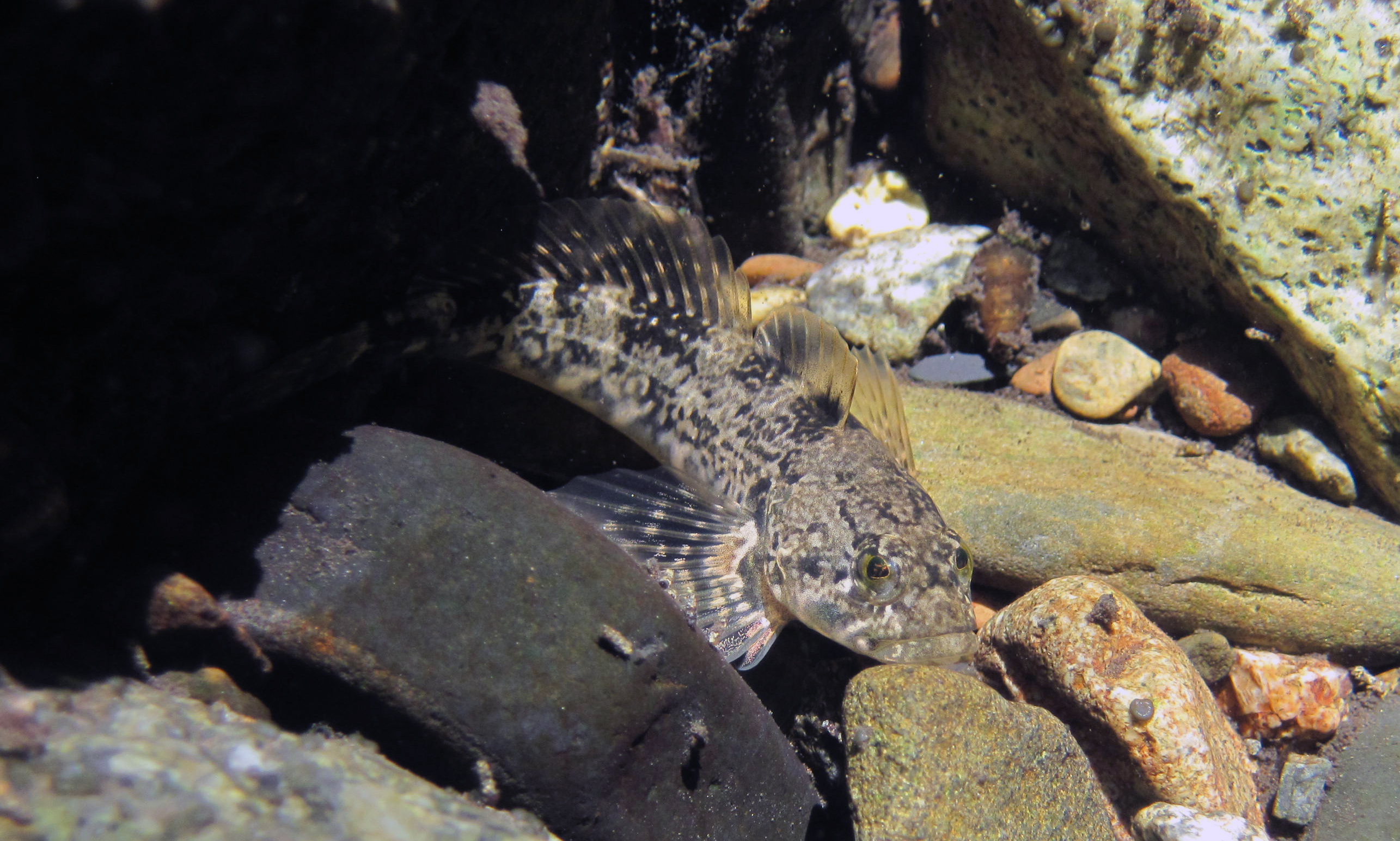
Why we love them: Riffle sculpin live in cold headwater streams where, as their name suggests, riffles and rocky riverbeds are common stream features. A bottom-dwelling fish, riffle sculpin can be found in rivers from Washington’s Puget Sound to Morro Bay, California. With flattened faces, eyes on top of their heads and fins that look like spiny mohawks, riffle sculpin are one of the most mutant-looking fish you’ll find in fresh water. Thanks to these unique characteristics though, the small riffle sculpin is able to live among the rocks of streambeds in fast water, where they feed on passing larvae.
WRC projects where you’ll find them:
- Big Chico Creek, California
- Bear River, Washington
Learn more: Sculpin facts, National Park Service
Riffle sculpin photo series, U.S. Fish and Wildlife Service
5. RAZORBACK SUCKER
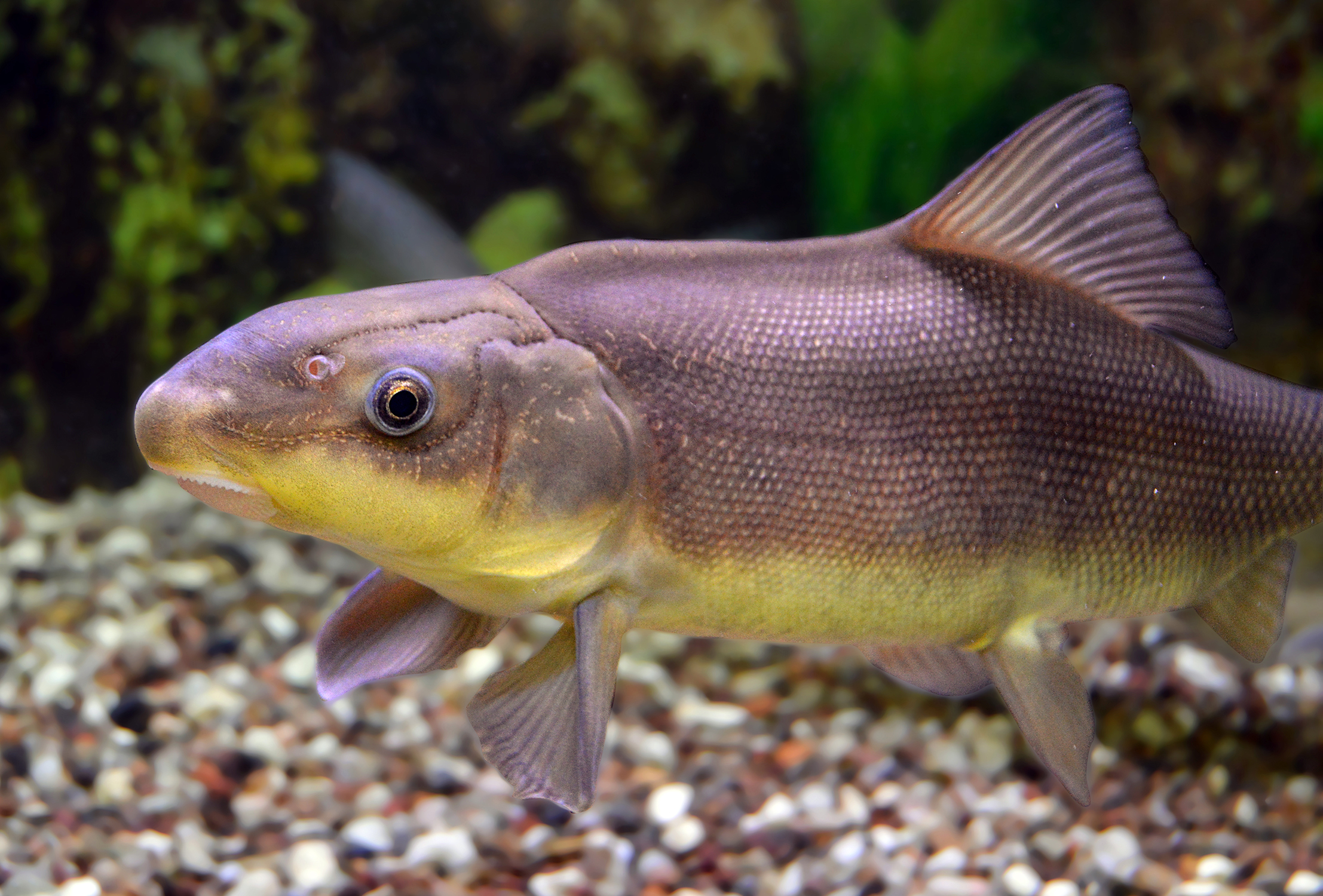
Why we love them: The razorback sucker is one of the largest warm-water fish species in North America, and it is endemic to the Colorado River basin. This big-lipped southwestern fish can live for over 40 years. A unique defense feature of the razorback sucker is its sticky lips, which it uses to attach itself to rocks to avoid being swept away by strong water currents. Unfortunately, due to habitat loss, this special fish is federally endangered.
WRC projects where you’ll find them:
- Gunnison River, Colorado
- Yampa River, Colorado
Learn more: Video: Razorback sucker migration animation, Utah Division of Wildlife Resources
Razorback sucker facts, U.S. Fish and Wildlife Service
Banner photography by Jeremy Monroe
